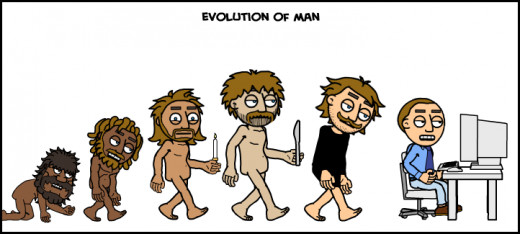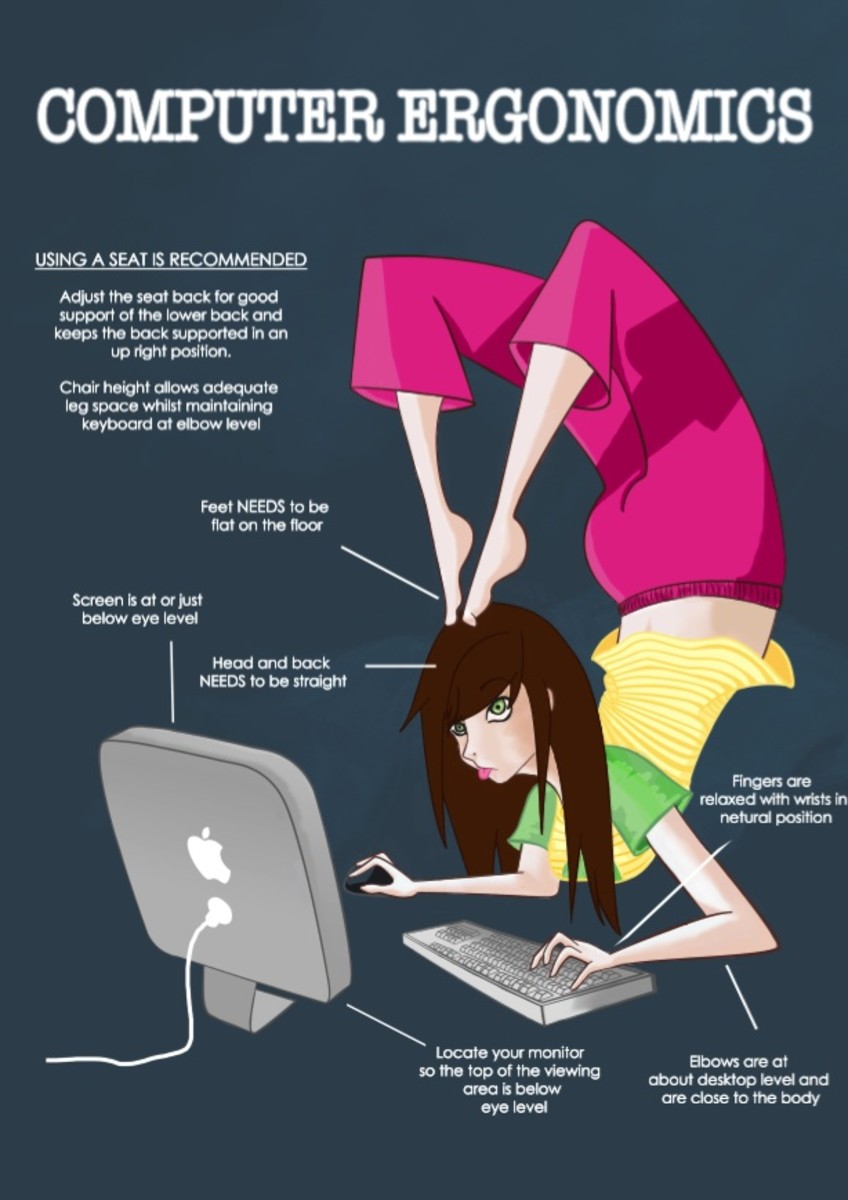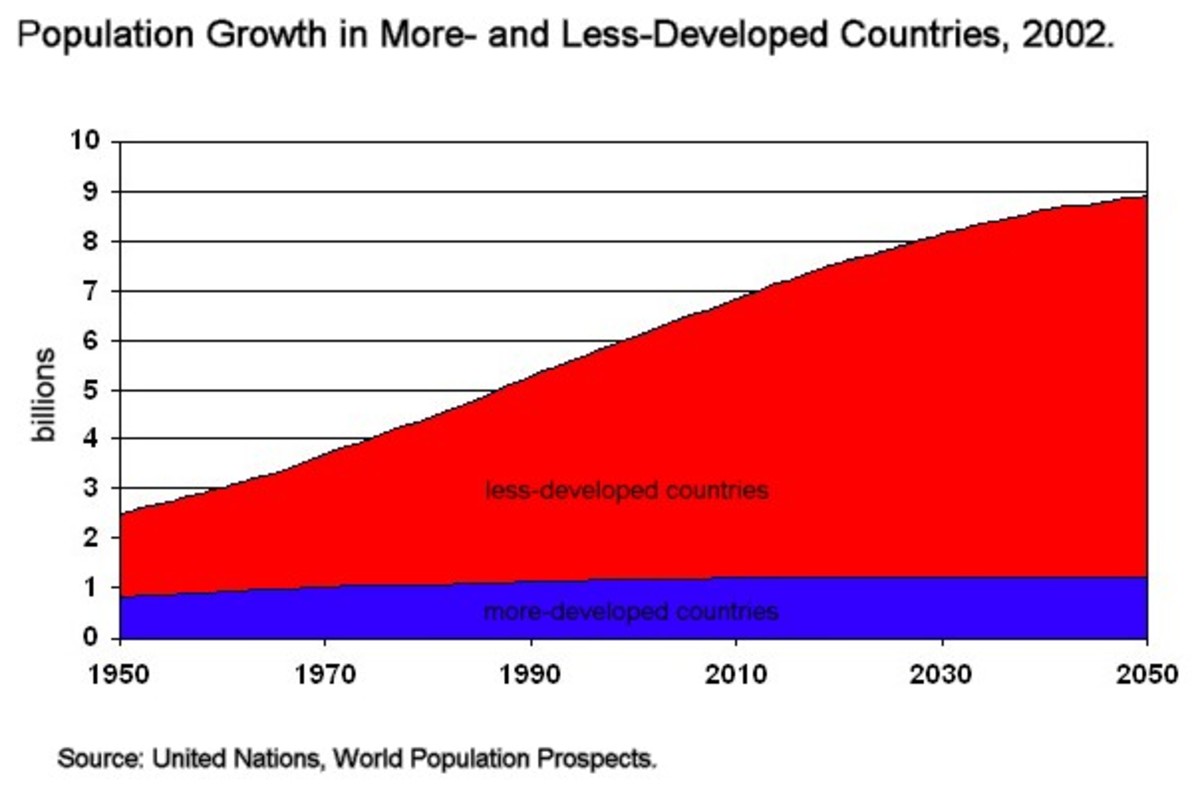“1” – Why We Search The Internet Using Simple & Random Queries

Separation Amidst Increased Connectivity
Ever find yourself so painfully bored that you resort to searching the Internet using single digit or random keyboard letter queries? If so, then you’re definitely not alone. Statistically, the number “1” ranks among the most frequently searched terms on the World Wide Web, followed closely by the adsf keystroke combination. While the obvious reason for performing mindless Internet searches may have its origins in garden-variety boredom, exploring the possibility of more complex and less apparent reasons may be worth taking a closer look.
People of all ages throughout most parts of the world have access to the Internet, replete with a seemingly endless variety of information resources and entertainment. Whether accessed via smartphones, tablets or desktops, for business or pleasure, it has become the single-most utilized form of connectivity in history. It has even transformed our social lives; We meet friends and lovers online, share pictures, stories, use instant messaging, IP telephone technology and even join others in vast and complex virtual world environments. In fact, on most any level that we’ve interacted in the real world, parallels are being re-created in the digital world. As a result of the rapidly increasing advances in such technology, the sky may not prove to be the limit to the full potential of the World Wide Web.
But as we increasingly integrate our lives with such technology, it may become critical to question how much of ourselves we are forfeiting to existence within the digital world. So much of what makes us uniquely human is the direct social interactions we engage in on a daily basis, the struggles we face together and even the conflict between us. While there are obvious negative consequences when interacting directly, there are far greater and more critical benefits in doing so. Face to face contact with others reinforces our social bonds in ways that interfacing through technology may not necessarily provide. The direct proximity to others when interacting socially conveys a much larger message than can be reproduced in the digital environment. Consequently, the impact of living greater portions of our social lives within the digital world may inadvertently be creating an ironic form of separation between us while nevertheless expanding our connectivity at large.
If we examine such a prospect more closely, we can observe possible evidence that this kind of separation is already potentially influencing our behavior in general. The signs are evident everywhere around us.
Look around any public place and you can likely observe people gathered together in small groups, engaged in social or business activities. If you examine them more closely, however, you’ll see that they are also independently connecting to resources or other people outside of their immediate group by smart devices. In some instances, they are even connecting to people in their own group through smart technology despite the fact that they are literally within physical reach of each other. Generally, they appear to interact more with their devices than with each other directly.
Collectively, it is evidence that a growing preference exists for communicating and interacting with the world through smart technology. One of the obvious arguments may be that increased connectivity by digital technology allows us to multi-task and be more productive on any given day. While this may be true in the strictest sense, it is nevertheless a growing preference to interact with each other in the same manner. While the advantages of mere increased connectivity are inarguable in many regards, it is the human element of social or business engagements that are potentially being sacrificed without awareness to possible harm it may be establishing.

The Animal Within Us All
The clock of evolution, the time-tested process that forged modern human beings, functions at an indiscernibly slow pace. Essentially, we are slowly tweaked by Mother Nature to produce the greatest advantage by comparison to our environment. It is the challenges we are exposed to over vast amounts of time that literally dictate what we become in order to maintain our advantage.
The importance of evolutionary doctrine in the context of technology is that the blistering speed at which advances in the field are occurring does not permit equally corresponding adaptation by humans immersed into it and subsequently influenced by it. In other words, we are subjecting our lives to rapid changes by technology that may extend beyond the envelope of advantage that Mother Nature affords us. We are complex animals, but animals nonetheless. If by comparative study, we examine the effects of other animal species affected by rapid changes to their environment, a failure to thrive in some regard can be observed in many instances. It is an example of significant environmental changes occurring at a rate far beyond the natural ability to adapt in time.
This sort of far-reaching implication is not to suggest that the Internet and smart technology represents the basis for our ultimate extinction by any means, but rather merely that along with all the advantages of technology, we may be unwittingly exposing ourselves to elements of detriment as well. The advent of the Internet itself, together with all that constitutes smart technology, arises from within us not by virtue of chance, but rather by natural instinct to obtain what we are driven by evolution to seek.

Novelty, Fuel For A Craving
Much of what drives our curiosity as human beings is the aspect of novelty and we devise tools or resources that feed our craving for it. The Internet, by design, constitutes a manmade reservoir capable of exposing us to the broadest extent of novelty. Nearly any curiosity manifested within us can reasonably be satisfied somewhere on the Internet and the more we seek novelty in this regard, the more time we spend connected to it. In some aspects, the Internet has come to represent transformation of our dreams and desires into reality within a digital environment. The immediate access to such power has resulted in dependency upon it, moreover addiction in some instances.
It is an unmistakable fact that we are innately driven by novelty and if we look at consumer behavior, it reveals intentional manipulation of this characteristic by industry forces. At regular intervals, we are captured by the change in the tools we use to access smart technology and the Internet. People instinctively seek out the latest and greatest products simply because they are novel.
In all manner of speaking, we are being pulled along at a never before seen pace by technology that has tapped into one of our most basic needs. In effect, we are attempting to satisfy a craving that is established by change itself. In other words, technology must change in order to keep us interested in it as a means to satisfy our drive for novelty. The danger in doing so is presently not clearly defined, but the evidence observed thus far does suggest the possibility that all we derive from the process may not be entirely good for us.

The Digital Road Ahead; Future Connectivity
If we consider what the future may hold by examining our present interaction with smart technology and its resources, it is possible that we could conceivably become so satiated that it dries up as the source it presently represents. Testing the limits of novelty could reach a point where the sum total of what the Internet and smart-technology provides becomes non-stimulating and consequently, boring. A small example of this increasing prevalence may indeed be represented in the innocuous popularity of searching singular digits or random sequence of keystrokes within an environment capable of the furthest reaches from such query and curiosity.
The plausibility of such a consequence is already demonstrated in a similar result involving people who become extremely wealthy. Money clearly constitutes a force entwined with our lives in most all aspects and is an equally powerful medium through which we satisfy the craving for novelty.
Once people become extremely wealthy and have accessed the fullest measures that such wealth can afford, they find themselves unable to simply buy novelty any longer. In other words, there is an end-point to what money can buy in certain regards.
If the furthest complexity of the Internet’s resources are becoming less novel to us, then it could stand to reason that an increasing need may exist to crave novelty on a far simpler level. An opposite reaction, if you will. In support of this theory is the decreasing average time people are spending on webpages in general, presently averaging less than a minute. It raises the question of whether the ever-increasing expansiveness of the World Wide Web and smart technology can continue to be driven by our craving for novelty. Worse yet, what impact will it have upon the ironic separation being produced by our favoritism toward such technology?
From a rather disturbing point of view, there is a definite time limit imposed by novelty in any particular form. Could the rapid transformation in technology increase the rate of turnover to a point where all manner of connectivity ultimately fails to stimulate us? In other words, can it somehow cause us to lose interest in connecting at all because the novelty of doing so no longer exists?
We must bear in mind that advances in connectivity have become pervasive in our lives. Where do we proceed if the direction we are presently taking is beginning to show signs of less interest?
By increasingly searching simplistic and random sequences, we may be signaling the need to better explore the human aspects of connectivity at least as much as the economic ones. It simply becomes a matter of whether we wish for technology to interfere with, or compete for, human characteristics that should be shared between us in more direct and meaningful ways. It may also be a sign that we should explore ways to market connectivity by means other than targeting novelty.
We should more critically study our immersion into smart technology to assure that connectivity does not paradoxically separate us from each other. People are increasingly using connectivity devices to engage in all aspects of social interaction, which could potentially represent less need or desire to communicate directly. There should be a warranted concern for whether these devices may be producing more appealing levels of comfort and convenience. When it ultimately becomes more attractive to communicate by smart devices, what aspects of direct contact will we likewise forfeit and what detriment will it impose?
Technology is a great thing and connectivity is indeed increasing our ability to reach out in ways never before experienced. The suggestion here is not aimed at regression by any means or drumming up fear of the technology age. It is simply the need to better define and examine ways in which technology may be influencing us as human beings, making certain that we understand the implications to the fullest measure possible.








